#vertebrate
Text
here’s a fun animal I saw in Borneo: the mammal!
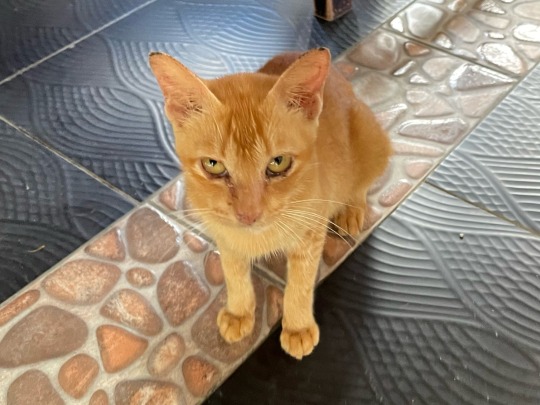
unlike the rest of us, mammals are endothermic and produce their own body heat—but they’re not birds! it is covered in a thick coat of hair (you guessed it, separate evolutionary origin from feathers) and secretes a fatty liquid from special glands to nurture its larvae. mammals can be found almost worldwide and are highly adaptable. this one was making odd squeaking noises, possibly begging for morsels of food.
here’s another mammal I saw. pretty sure it’s a different species but I’m not an expert on identifying them
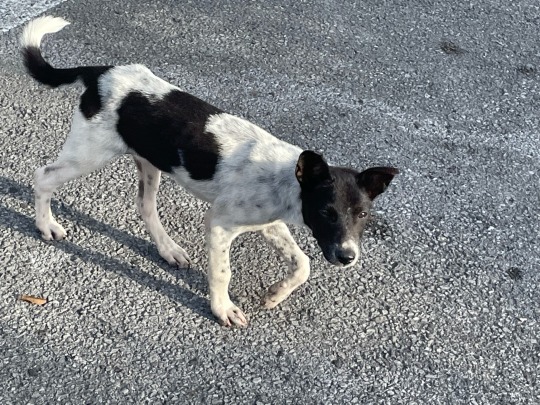
fun mammal fact: some are curiously soft to the touch! try palpating the next mammal you see, but please be careful. some may bite!
10K notes
·
View notes
Text


The archeocete Perucetus colossus dives through a coastal bloom of jellyfish in the Pisco Basin (southern Peru), some time during the Eocene (with bonus multiview).
I originally intended to add epibionts to this reconstruction (reflecting the specialized communities found on many living whales, especially baleen whales). Yet, interestingly, it appears that most animal epibionts and ectoparasites of modern cetaceans, such as whale barnacles (Hayashi et al. 2013) and remoras (Friedman et al. 2013), only appeared in the Neogene or late Paleogene, or have a poorly known (co-)evolutionary history, like whale lice (Pfeiffer 2009, Iwasa-Arai & Serejo 2018) and pennellids (large parasitic copepods) (Hermosilla et al. 2015). So, no epibionts* for big lad Perucetus!
References and notes about the reconstruction:
*animal epibionts. Unicellular eukaryotes like diatoms were most likely present on early cetaceans, given their prevalence on modern large marine animals (Ashworth et al. 2022). Of course, it is possible that other animals (i.e., early, less specialized representatives of modern groups, or different taxa altogether) were also already exploiting the surfaces offered by these early whales; however, this remains entirely speculative.
The reconstruction of Perucetus proposed in its original description (Bianucci et al. 2023) includes some rather odd (if interesting) choices about soft tissues, including limbs with webbed and distinguishable fingers, and a manatee-like tail. While these choices might be defendable in light of the rather basal status of Perucetus among cetaceans, I opted for a more derived look based on the assumption that fully marine cetaceans like basilosaurids would have probably rapidly acquired hydrodynamically favorable adaptations, pushing them towards a more familiar Neoceti-like appearance (even though Perucetus itself was likely a poor swimmer (Bianucci et al. 2023), it seems likely to me that this was a secondarily acquired trait, given the less extreme morphology of other basilosaurids).
Reconstruction in the multiview scaled to ~18 m in length after the estimations of Bianucci et al. (2023).
References:
Ashworth, M. P., Majewska, R., Frankovich, T. A., Sullivan, M., Bosak, S., Filek, K., Van de Vijver, B., Arendt, M., Schwenter, J., Nel, R., Robinson, N. J., Gary, M. P., Theriot, E. C., Stacy, N. I., Lam, D. W., Perrault, J. R., Manire, C. A., & Manning, S. R. (2022). Cultivating epizoic diatoms provides insights into the evolution and ecology of both epibionts and hosts. Scientific Reports, 12(1), Article 1. https://doi.org/10.1038/s41598-022-19064-0
Bianucci, G., Lambert, O., Urbina, M., Merella, M., Collareta, A., Bennion, R., Salas-Gismondi, R., Benites-Palomino, A., Post, K., de Muizon, C., Bosio, G., Di Celma, C., Malinverno, E., Pierantoni, P. P., Villa, I. M., & Amson, E. (2023). A heavyweight early whale pushes the boundaries of vertebrate morphology. Nature, 620(7975), Article 7975. https://doi.org/10.1038/s41586-023-06381-1
Friedman, M., Johanson, Z., Harrington, R. C., Near, T. J., & Graham, M. R. (2013). An early fossil remora (Echeneoidea) reveals the evolutionary assembly of the adhesion disc. Proceedings of the Royal Society B: Biological Sciences, 280(1766), 20131200. https://doi.org/10.1098/rspb.2013.1200
Hayashi, R., Chan, B. K. K., Simon-Blecher, N., Watanabe, H., Guy-Haim, T., Yonezawa, T., Levy, Y., Shuto, T., & Achituv, Y. (2013). Phylogenetic position and evolutionary history of the turtle and whale barnacles (Cirripedia: Balanomorpha: Coronuloidea). Molecular Phylogenetics and Evolution, 67(1), 9–14. https://doi.org/10.1016/j.ympev.2012.12.018
Hermosilla, C., Silva, L. M. R., Prieto, R., Kleinertz, S., Taubert, A., & Silva, M. A. (2015). Endo- and ectoparasites of large whales (Cetartiodactyla: Balaenopteridae, Physeteridae): Overcoming difficulties in obtaining appropriate samples by non- and minimally-invasive methods. International Journal for Parasitology: Parasites and Wildlife, 4(3), 414–420. https://doi.org/10.1016/j.ijppaw.2015.11.002
Pfeiffer, C. J. (2009). Whale Lice. In W. F. Perrin, B. Würsig, & J. G. M. Thewissen (Eds.), Encyclopedia of Marine Mammals (Second Edition) (pp. 1220–1223). Academic Press. https://doi.org/10.1016/B978-0-12-373553-9.00279-0
#'a heavyweight early whale pushes the boundaries of...' blablabla you've all read it by now#i have nothing to add#it's fat#look at it#that is all#perucetus#cetacean#mammal#vertebrate#eocene#cenozoic#paleontology#palaeoblr#paleoart#my art
399 notes
·
View notes
Text




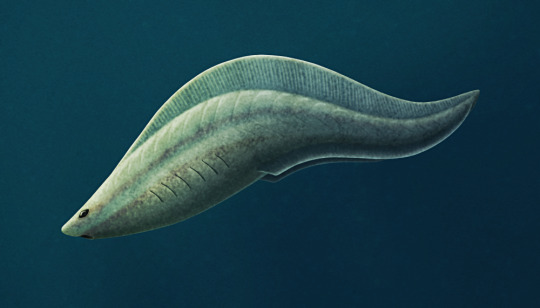
I haven't posted any PBS Eons commissions here for quite a while, so let's catch up a bit of the backlog:
• The Cretaceous mammals Repenomamus robustus and Repenomamus giganticus, from "When Mammals Only Went Out At Night"
https://www.youtube.com/watch?v=JqZONKXWPfw
• A carcass of the whale Borealodon, from "How Ancient Whales May Have Changed the Deep Ocean"
https://www.youtube.com/watch?v=1vb00-gcdtA
• And the early vertebrates Haikouichthys and Myllokunmingia, from "Why Sour May Be The Oldest Taste"
https://www.youtube.com/watch?v=XXgd_cNZSvk
———
NixIllustration.com | Tumblr | Twitter | Patreon
#science illustration#paleontology#paleoart#palaeoblr#pbs eons#repenomamus#gobiconodontidae#eutriconodonta#mammal#borealodon#mysticeti#baleen whale#cetacean#whale#marine mammal#haikouichthys#myllokunmingia#vertebrate#art#dead animal cw#carcass
327 notes
·
View notes
Text
Phylum #8: Chordata!



A notochord under a hollow nerve cord, pharyngeal slits and a post-anal tail. United by a simple but elegant body plan, chordates nonetheless became one of the most diverse phyla in the animal kindom. While the small filter-feeding lancelets closely preserved the original chordate body plan, tunicates and vertebrates would reshape it in unexpected ways, with new materials gained through evolution.
Tunicates achieved the unique ability among animals to synthesize cellulose. Tadpole-like larvaceans build submarine-like "houses" with complex sets of filters to collect food particles. Other tunicates, after a drastic metamorphosis, abandon the notochord and fully integrate cellulose tunics as their body walls, often merging them together in massive colonies.
Meanwhile, vertebrates built upon the original notochord, housing it in a solid skeleton of cartilage or bone. With this, vertebrates could not only reach land, but even conquer the skies, with three out of the four flying clades in animal history being vertebrates (birds, bats and pterosaurs).
Their internal skeleton providing both support and flexibility, vertebrates have dominated megafauna for more than 300 million years. Especially on land, they brought animal life to scales previously unheard of: at 70 tons, Argentinosaurus weighed 200 times as much as the largest invertebrate to ever walk land, Hibbertopterus.


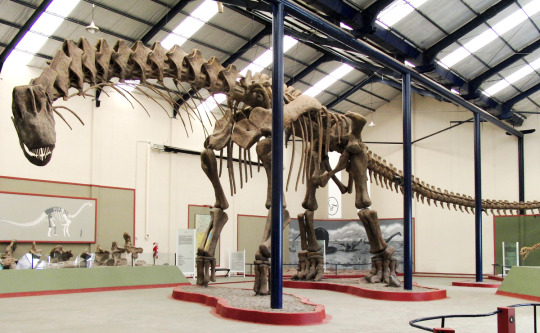
144 notes
·
View notes
Note
Giant vertibrates?
You know; I have to wonder how Macrovolutes would react to encountering 'giant' vertebrates. I can imagine Sophodora might be the only one to be excited by it, but it might be harder to deny the intelligence of a creature that has a much bigger impact than typical 'gubs.'
Frogs get bigger than ants, and as a child Sophodra was (perhaps less than wisely) very enthusiastic about them!
33 notes
·
View notes
Photo
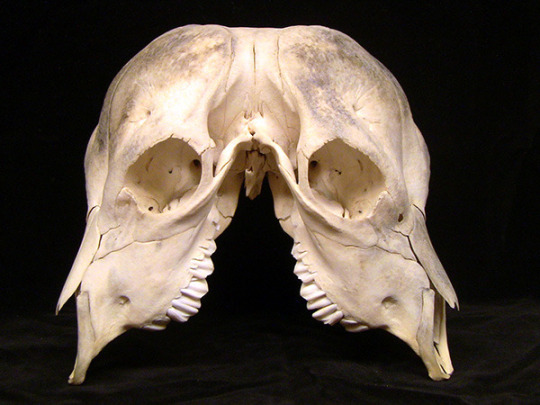
Two-headed Calf from Fresno State’s vertebrate collection
119 notes
·
View notes
Text

A rolling creature has been spotted, its intentions are unknowable.
12 notes
·
View notes
Text
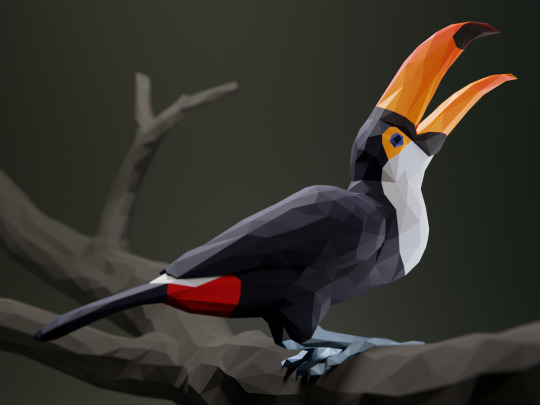
Toco toucan (Rhamphastos toco), in a very quick attempt at low poly (a vertebrate for once, and an extant one at that - feels weird)
41 notes
·
View notes
Text
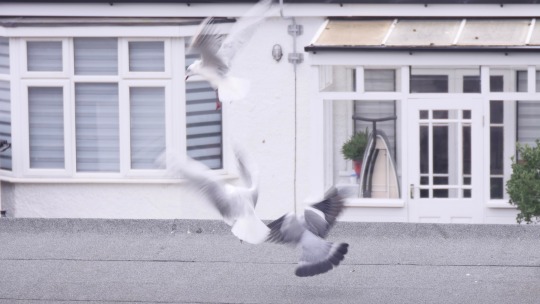
For the Birds, 2021
Instagram
#london#photogrpahy#35mm#35mm film#film#photooftheday#birds#birds of prey#wild birds#bird photography#angry birds#birdwatching#birdlovers#original art#aesthetic pictures#aesthetic#aestheitcs#flying#animals#vertebrate#wings of fire
3 notes
·
View notes
Text
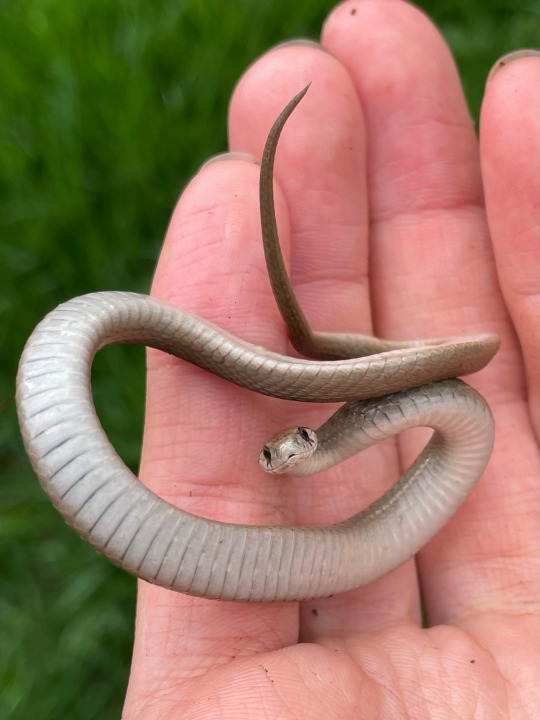

cooler darker day than the past week so this young Storeria dekayi was a little sluggish, but awake enough to threaten me (trying its best).
2K notes
·
View notes
Text

I do not usually post WIPs, but I am happy with this one. The newly described basilosaurid Perucetus colossus (i.e., Chonkocetus the Large), contender for the title of heaviest known animal.
Missing parts (i.e., most of the animal, as customary for fossil vertebrates) based on Basilosaurus spp., Dorudon atrox, modern whales (Neoceti), and sirenians.
#will include proper references in the post for the finished piece#perucetus colossus#perucetus#cetacean#mammal#vertebrate#eocene#cenozoic#paleontology#palaeoblr#paleoart#my art#wip
279 notes
·
View notes
Text

House finch and purple finch, that's right baby we got a purple finch coming to the feeder 😎
#house finch#purple finch#finch#bird#vertebrate#animal#bird feeder#dirt#backyard wildlife#digibin#op
5 notes
·
View notes
Text
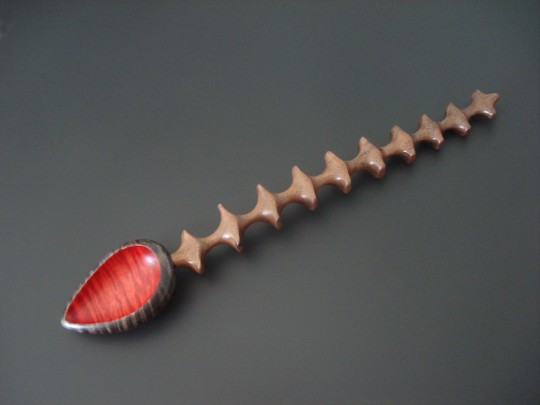
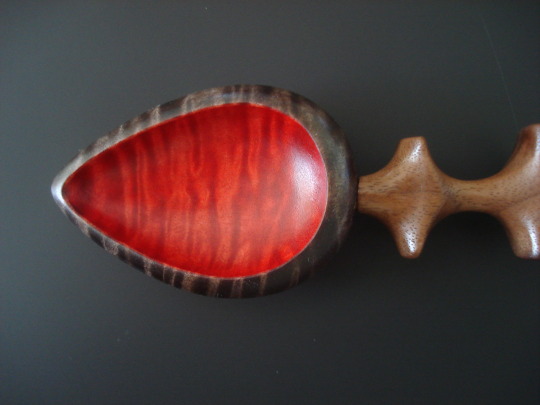


'Walnut Vertebrate' wooden spoon carved in Walnut with dyed curly Maple bowl.
4 notes
·
View notes
Note
Gregorsa's comment that both demivolute and non-demivolute cows exist is interesting to me. Are there many vertebrate species like that, where you can simultaneously find demivolute and non-demivolute forms? Or are cows a rare exception? Do humans still keep non-demivolute cows? Or is that considered too dangerous (I remember Sophodra saying that macrovolutes could have protocule progenitors; if the same applies to demivolutes, then raising cows could be... risky).
Yes, both non-demivolute and demivolute populations exist of many animals (though usually in different parts of Tricularia)!
That said--no, humans do not keep non-demivolute cows, for exactly the reason you figured! Only non-avian reptiles can be reliably kept as domestic animals. They get larger, but not untenably so, and that's the extent of the changes.
21 notes
·
View notes
Photo
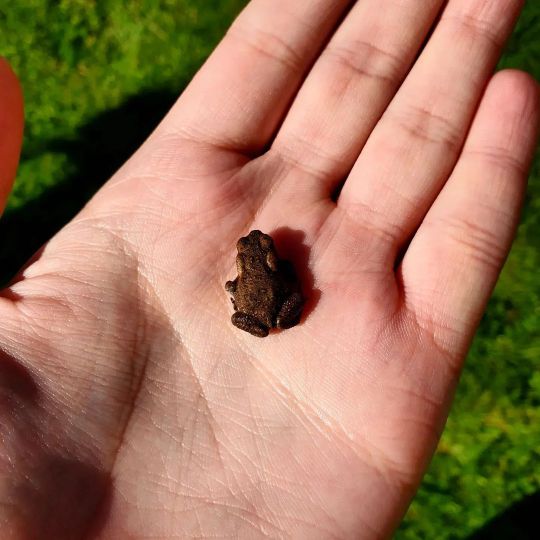
Taken the same day as the previous post, this was common toad (Bufo bufo), or vanlig padda, toadlet found in front our lodge. It was likely trying to find shelter from the daytime hours, so I took it to the woodlands. It will 3-7 years before this one matures. #animal #animals #djur #wildlife #nature #natur #naturliv #toad #toads #toadlets #toadlet #stjärtlösagroddjur #groddjur #ryggradsdjur #paddor #padda #amphibian #amphibians #vertebrate #vertebrates #animalia #chordata #amphibia #anura #bufonidae #bufo #bufobufo #europeantoad #commontoad #vanligpadda (at Erkenlaboratoriet) https://www.instagram.com/p/CnhqmslKTo6/?igshid=NGJjMDIxMWI=
#animal#animals#djur#wildlife#nature#natur#naturliv#toad#toads#toadlets#toadlet#stjärtlösagroddjur#groddjur#ryggradsdjur#paddor#padda#amphibian#amphibians#vertebrate#vertebrates#animalia#chordata#amphibia#anura#bufonidae#bufo#bufobufo#europeantoad#commontoad#vanligpadda
3 notes
·
View notes



